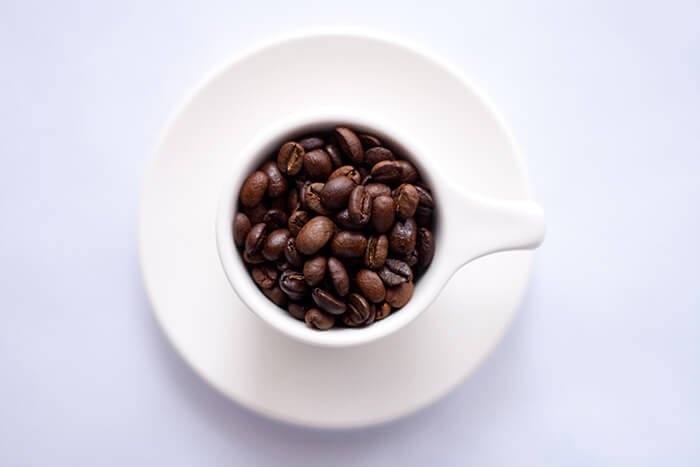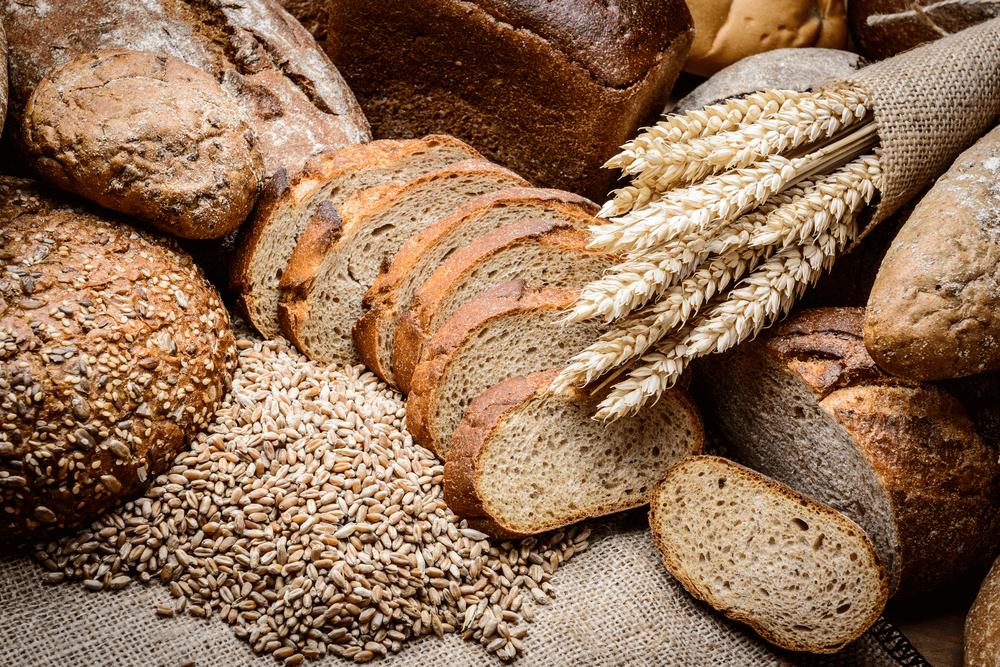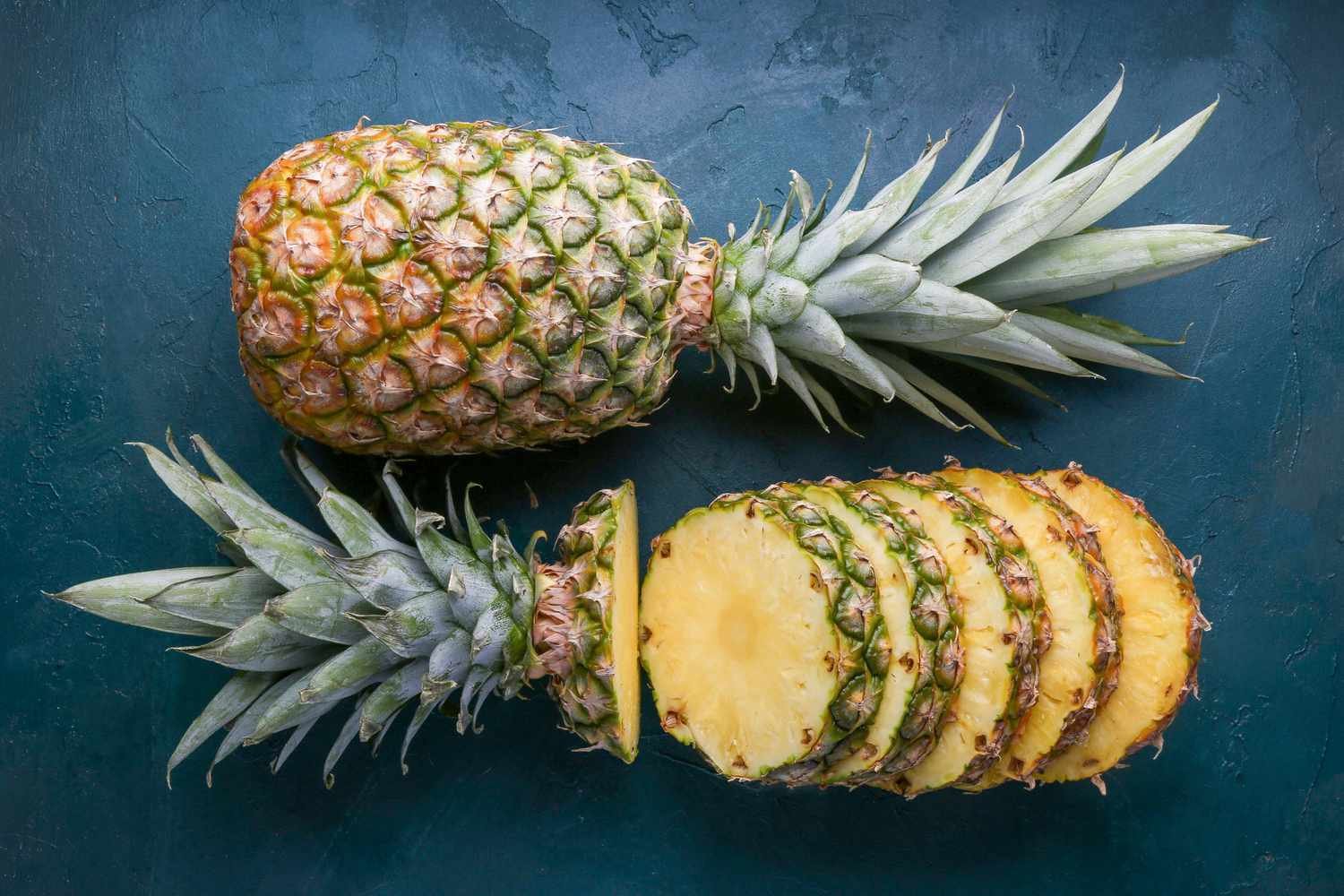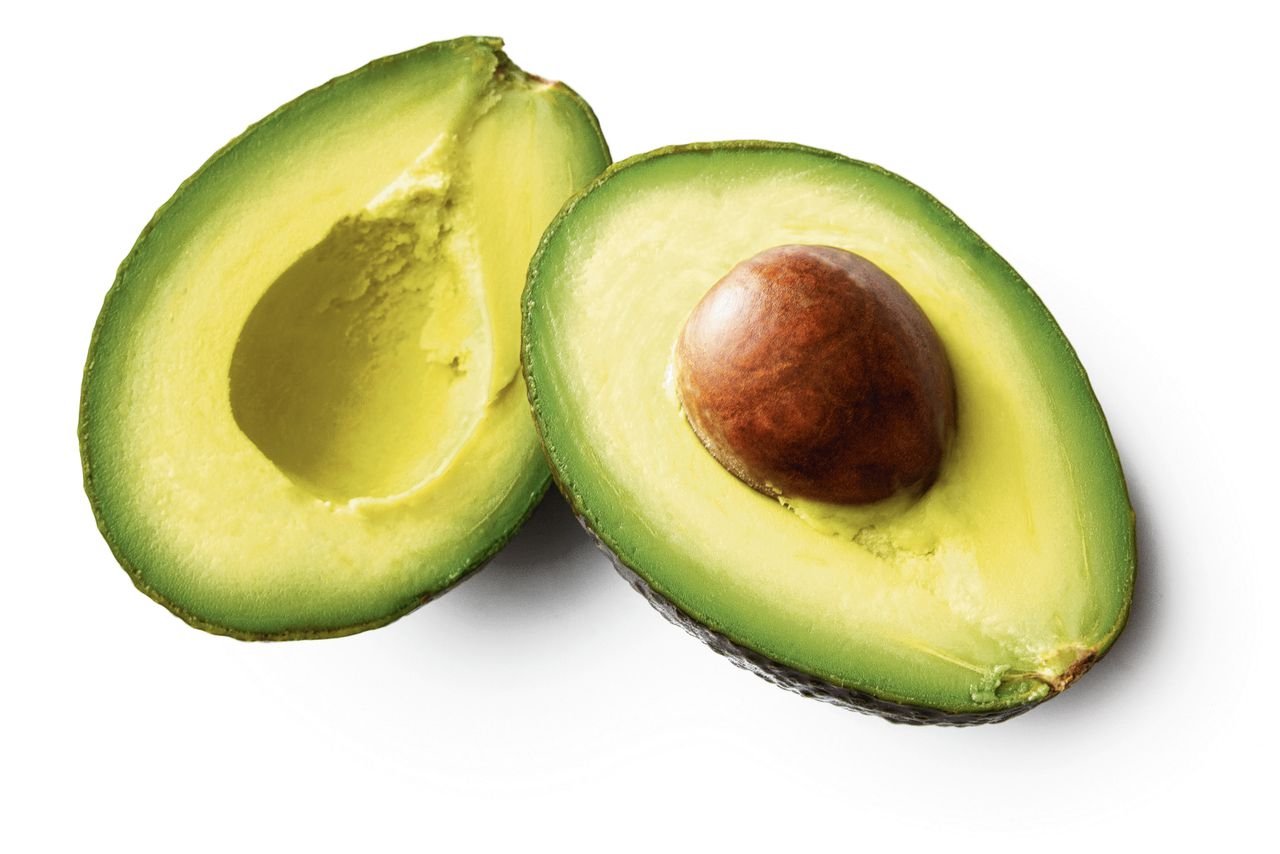Pineapples
Pineapples
Pineapples
pineapples
About the Pineapples
We provide high-quality Uganda pineapples to the local and export market. We source our Uganda pineapples from family growers in the country. In Uganda, pineapples come in various varieties such as Smooth Cayenne and MD2. Due to the widespread popularity of the larger Smooth Cayenne compared to the sweeter MD2 cultivar, Uganda maintains a strong position in the global market. Unlike MD2, which faces oversupply issues in Europe from countries like Thailand, Oman, and China, Smooth Cayenne is less cultivated, making it more competitive. Locally, these fruits are referred to as "enanansi," a term that shares etymological roots with the Swahili word "nanasi."
The fruit originated in the southern regions of Brazil and Paraguay before spreading to Latin America, where the Aztec Mayas cultivated it before Columbus's discovery in 1493. It's possible that pineapples were introduced to Uganda by European explorers during pre-colonial times. Pineapples are rich in vitamin C, providing 79 percent of the daily value. Vitamin B-6 follows at 5 percent of the daily value, while magnesium meets 3 percent of daily needs. Each slice also contains 5 percent of the recommended daily intake of dietary fiber, which aids digestion. This nutrient-rich profile helps manage weight, prevents colds, maintains bone health, and boosts immunity.Sourcing Pineapples
Harvesting Pineapples
Pineapple sizes and sorting
Packaging, Storage & Transportation
We are here to help!
If you have any questions or would like to explore business opportunities with Platinum Links, please don’t hesitate to get in touch with us. We look forward to hearing from you and discussing how we can meet your commodity trading needs.
- A-03 Kingsgate Mall Plot No.117-118 Gaba Road, Kabalagala
- +256 200 912 274






